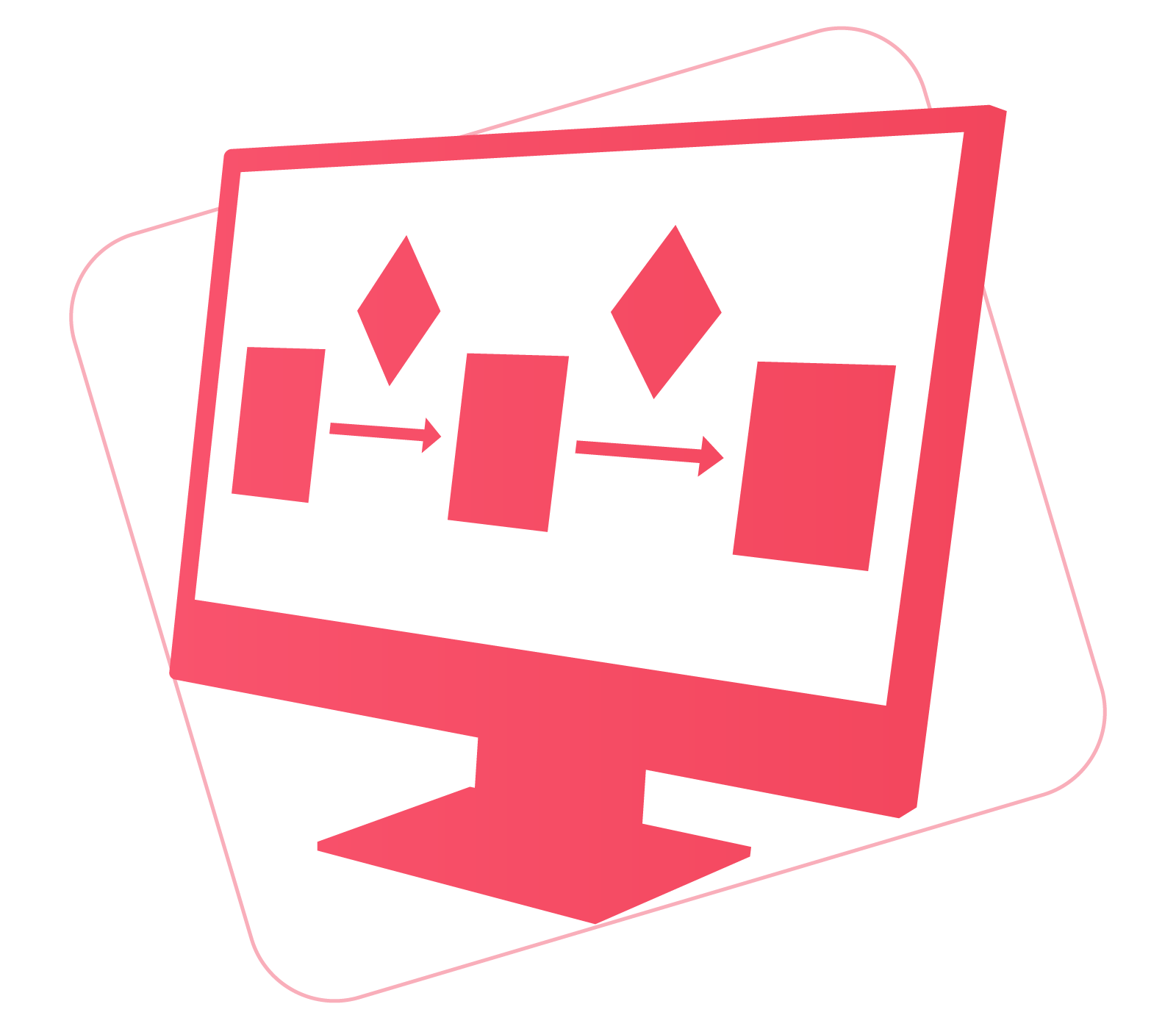









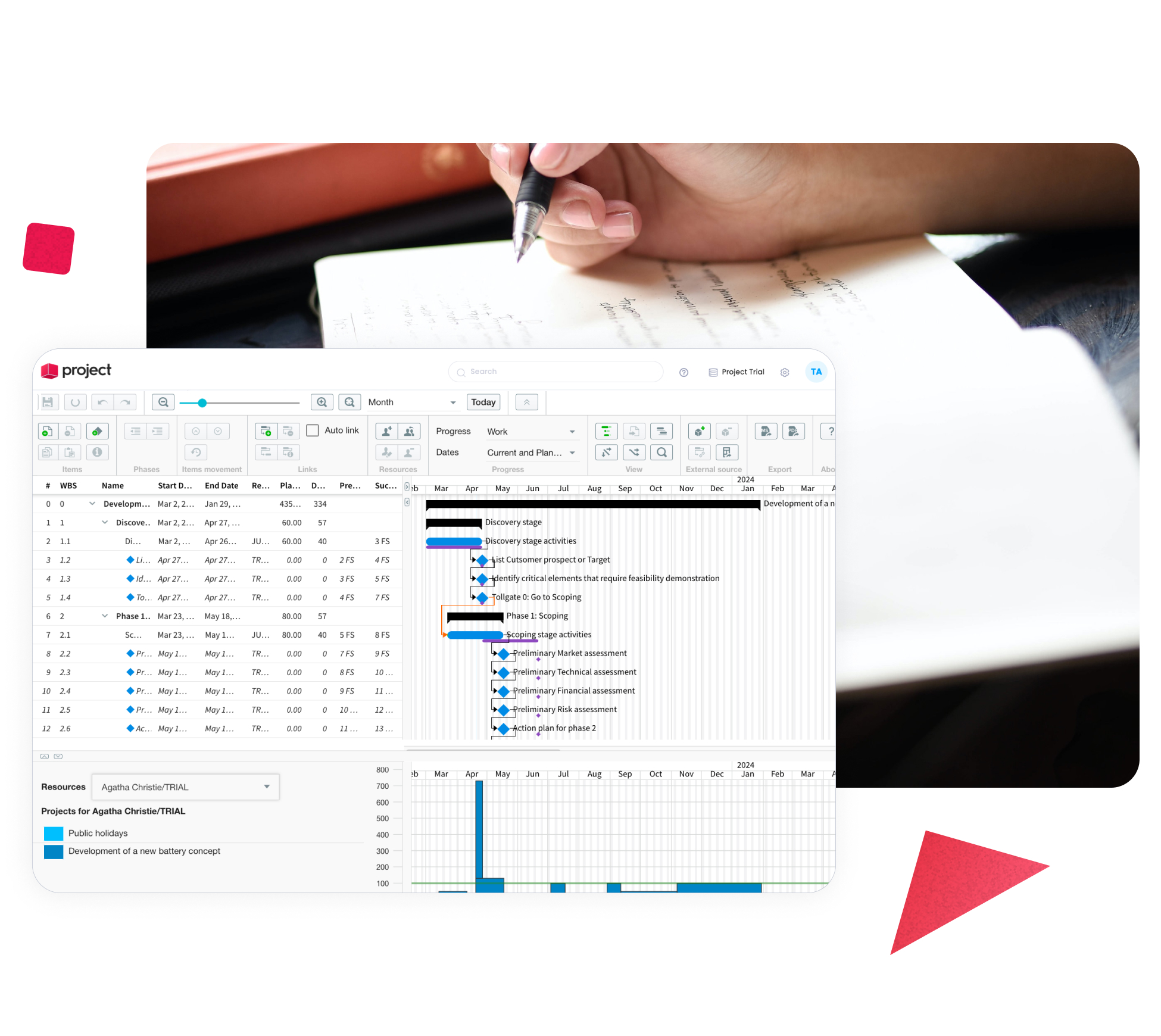
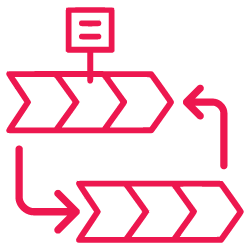
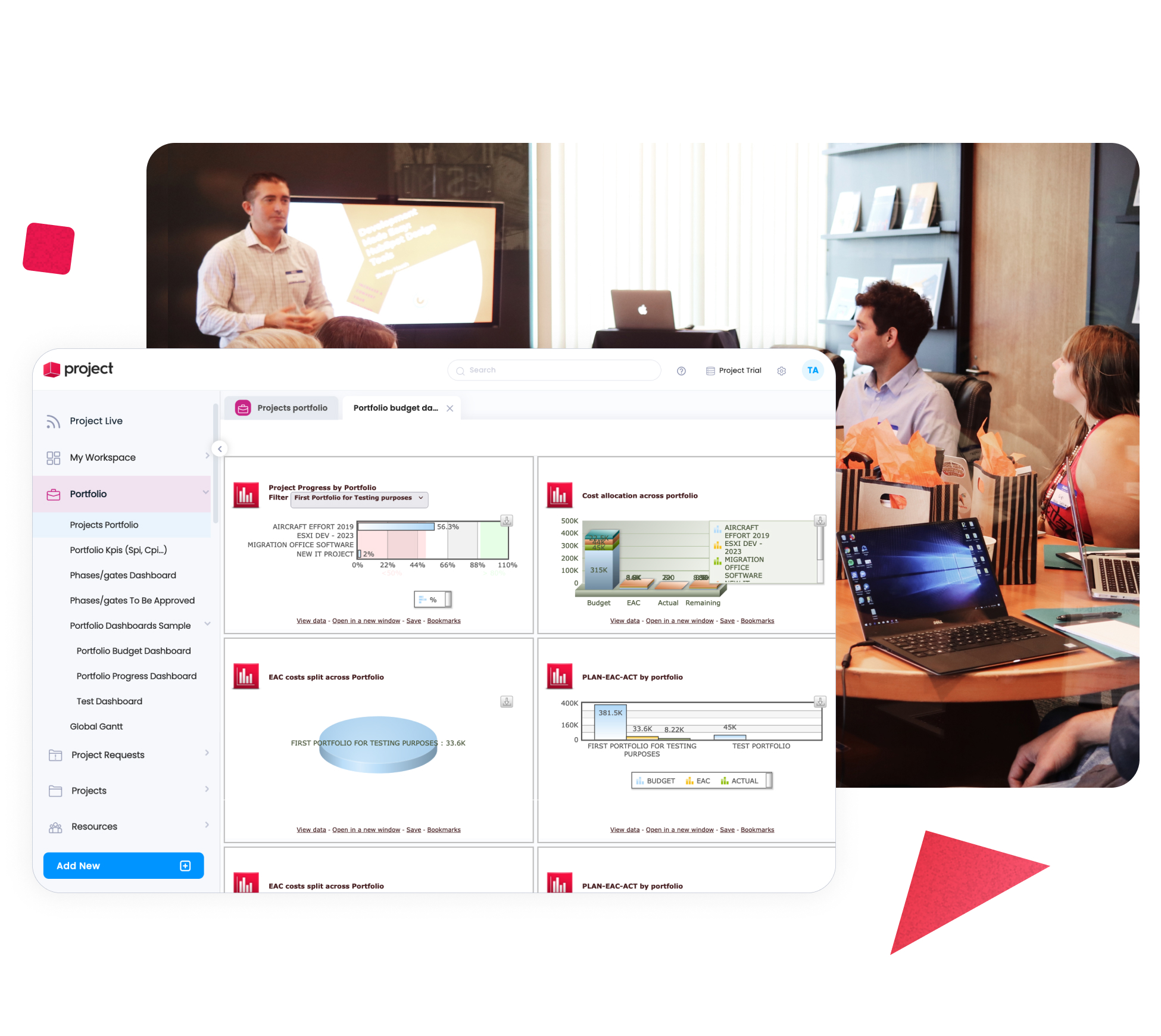
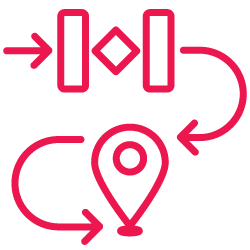
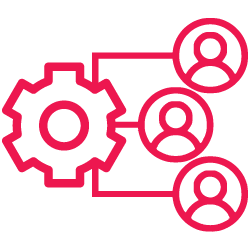



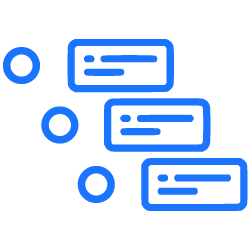



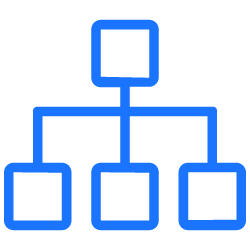



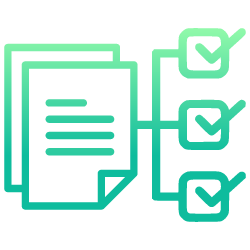

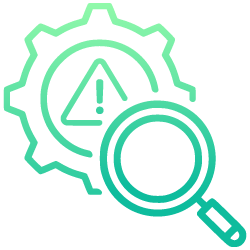



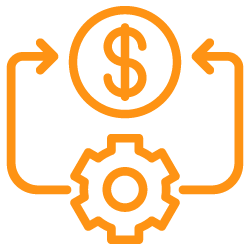

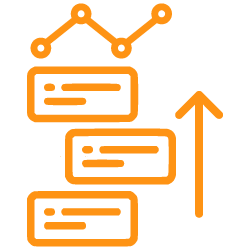

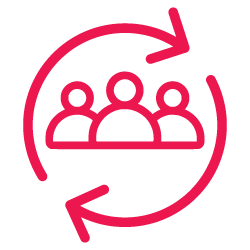

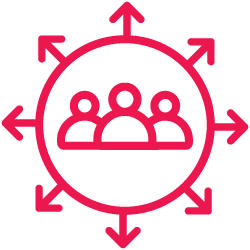



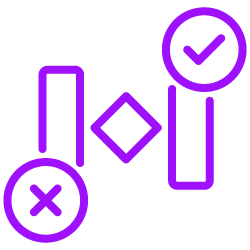

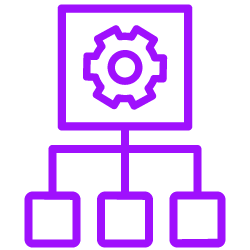



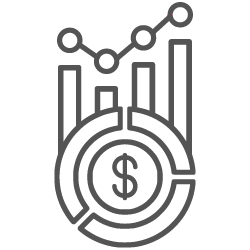



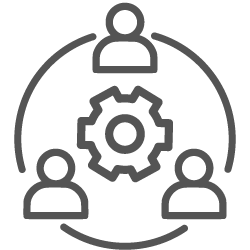
with Cerri Project
tools to help you maximize ROI and achieve your full productivity potential.
Here are some.
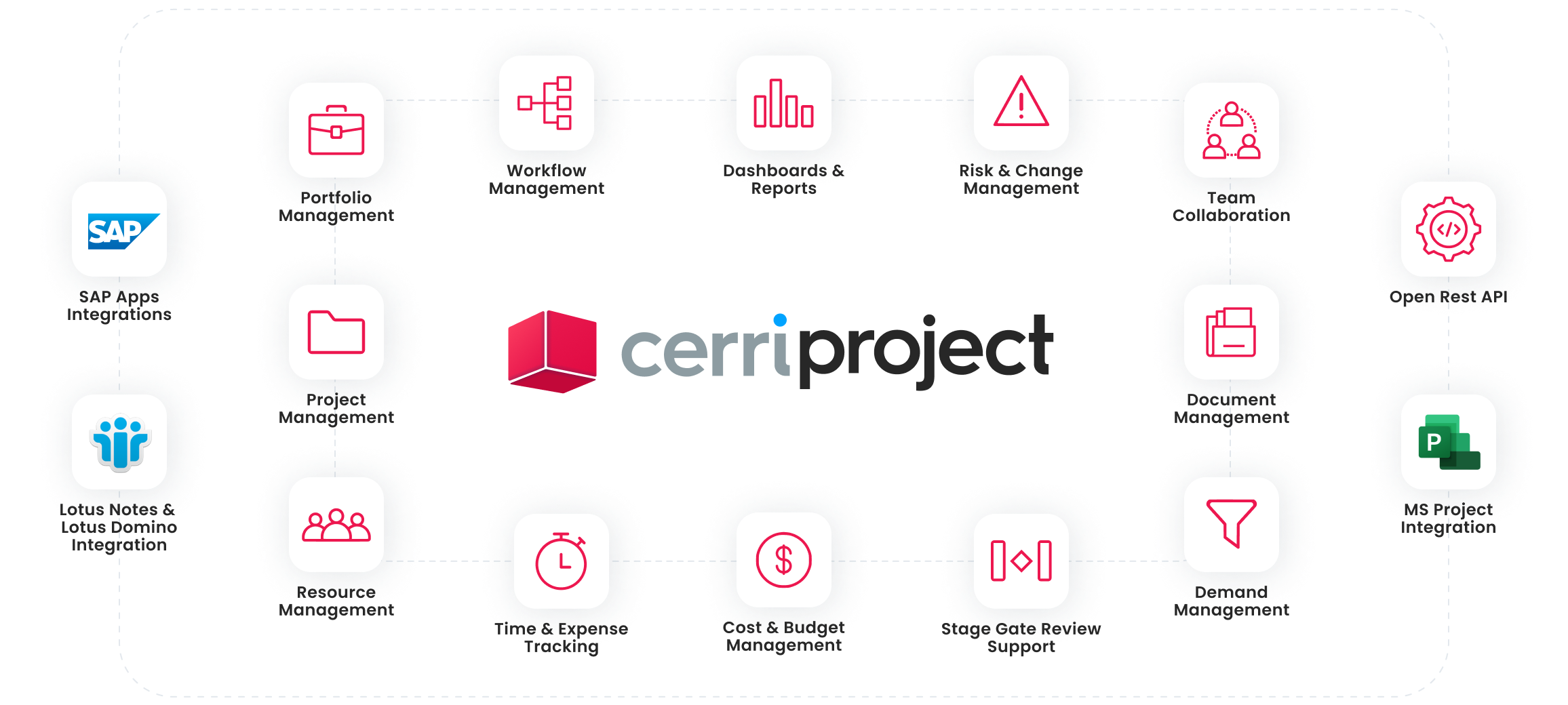
new product development (NPD)
Product Management is the discipline of guiding a product from its inception to market and overseeing its success and evolution once it’s in the marketplace. It involves a range of activities such as market research, product development, positioning, pricing, promotion, and lifecycle management. A Product Manager is typically responsible for aligning the product with business goals, meeting customer needs, and coordinating various functions like development, marketing, sales, and support to bring a successful product to market.
New Product Development (NPD) is the structured process of bringing a new product or service to market. It involves various phases such as idea generation, concept testing, business analysis, development, testing, and finally, commercialization. The goal is to create a product that meets a specific need in the market or offers a unique benefit to customers. NPD is crucial for companies looking to stay competitive and innovate in their respective industries.
Product management software streamlines and optimizes the New Product Development (NPD) process by offering a centralized platform for tasks such as idea generation, prioritization, planning, execution, and monitoring. It allows for better collaboration among team members and stakeholders, ensures alignment with strategic objectives, and provides analytics for informed decision-making. Features like workflow automation, document management, and real-time progress tracking help to keep NPD projects on schedule and within budget, ultimately accelerating time-to-market and increasing the chances of product success.
A stage-gate process is a project management technique used to guide new product development (NPD) from concept to commercialization. The process is divided into distinct stages, such as idea generation, development, and testing, each followed by a ‘gate’ where progress is evaluated. At each gate, a cross-functional team reviews the project’s status and decides whether it should continue, be revised, or be terminated. This structured approach helps organizations manage risks, allocate resources more effectively, and make data-driven decisions, ensuring that only viable projects move forward to the next stage.













 Task Management
Task Management 




















 Customization
Customization
